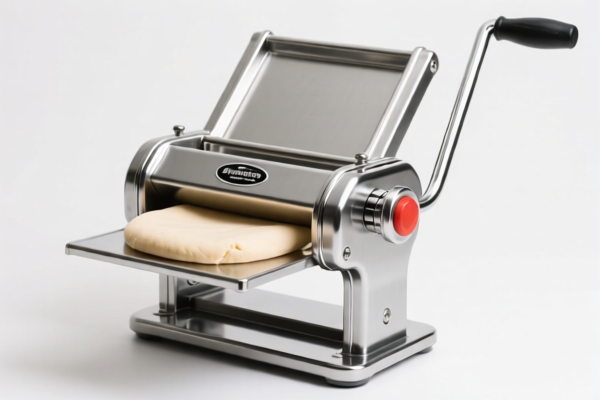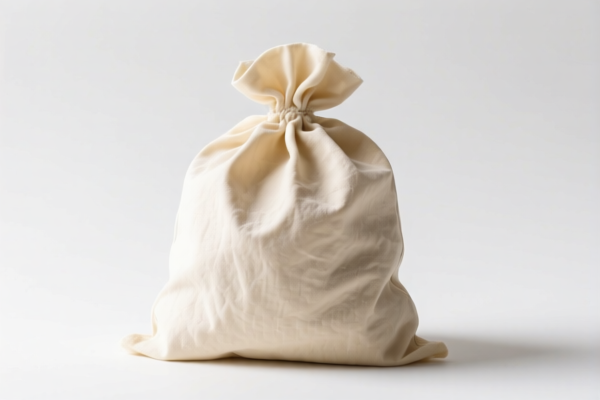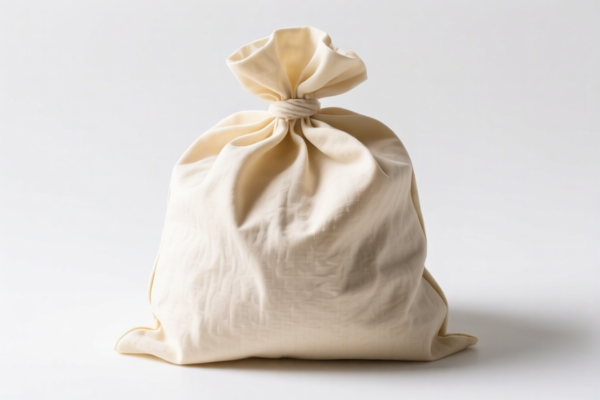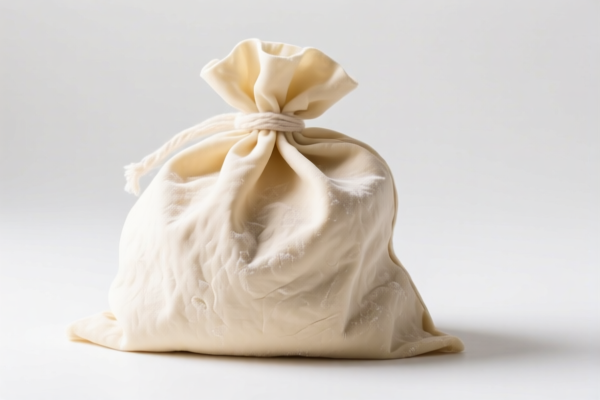| HS Code | Official Doc | Tariff Rate | Origin | Destination | Effective Date |
|---|---|---|---|---|---|
| 8438100010 | Doc | 37.5% | CN | US | 2025-05-12 |
| 8438100090 | Doc | 37.5% | CN | US | 2025-05-12 |
| 8479820040 | Doc | 55.0% | CN | US | 2025-05-12 |
| 8479909550 | Doc | 55.0% | CN | US | 2025-05-12 |
| 9503000090 | Doc | 30.0% | CN | US | 2025-05-12 |
| 9503000071 | Doc | 30.0% | CN | US | 2025-05-12 |
| 8210000000 | Doc | 58.7% | CN | US | 2025-05-12 |
| 8214909000 | Doc | 1.4¢ each + 3.2%+30.0% | CN | US | 2025-05-12 |
| 8437800090 | Doc | 55.0% | CN | US | 2025-05-12 |
| 8437800010 | Doc | 55.0% | CN | US | 2025-05-12 |




Dough Press
A dough press is a kitchen tool used to flatten dough to a uniform thickness, primarily for making tortillas, rotis, parathas, arepas, and similar flatbreads. It typically consists of two flat, parallel surfaces—a base and a hinged lid—that apply pressure to the dough when closed.
Material
Dough presses are commonly constructed from:
- Cast Iron: Provides substantial weight and even heat distribution, ideal for cooking the dough directly on the press. Often seasoned like a cast iron skillet.
- Aluminum: Lighter than cast iron, heats up quickly, and is often coated with a non-stick surface.
- Stainless Steel: Durable, corrosion-resistant, and hygienic, though may not retain heat as effectively as cast iron.
- Wood: Less common for the entire press, but sometimes used for handles or as a base material.
Purpose & Function
The primary function of a dough press is to efficiently and consistently flatten dough. This reduces the labor involved in manually rolling out dough, resulting in:
- Uniform Thickness: Crucial for even cooking.
- Faster Preparation: Significantly speeds up the process of making flatbreads.
- Consistent Shape: Helps create flatbreads of a similar size and form.
Usage Scenarios
Dough presses are commonly used in:
- Home Kitchens: For individuals and families who frequently prepare tortillas, rotis, or other flatbreads.
- Restaurants & Commercial Kitchens: To meet high-volume demands for flatbreads.
- Food Trucks & Small Businesses: For on-site preparation of fresh flatbreads.
Common Types
- Traditional Cast Iron Press (Comal): A heavy, flat cast iron plate, often used directly on a stovetop or open flame. Requires seasoning and maintenance.
- Hinged Lid Press: Features a hinged lid that presses down on the dough. Can be made from cast iron, aluminum, or stainless steel. Often includes a handle for easier operation.
- Lever Press: Employs a lever mechanism to apply significant pressure with less effort. Common in commercial settings.
- Tabletop Press: A larger, more robust press designed for high-volume production. Often found in commercial kitchens.
- Electric Tortilla Press: Automated press with temperature control and timer functions, ideal for consistent results and large quantities.
Based on the material, use, function, and application scenarios, a dough press is a machine used in the industrial preparation or manufacture of food, specifically for processing dough. Here are the relevant HS codes based on the provided reference material:
-
8438100010: Machinery, not specified or included elsewhere in this chapter, for the industrial preparation or manufacture of food or drink, other than machinery for the extraction or preparation of animal or fixed vegetable or microbial fats or oils; parts thereof: Bakery machinery and machinery for the manufacture of macaroni, spaghetti or similar products Bakery machinery. This code covers machinery specifically designed for bakery applications, which would include dough presses.
- 84: Chapter – Steam-engines, steam-turbines, boilers, parts thereof; other steam-generating plant.
- 38: Heading – Machinery for the industrial preparation or manufacture of food or drink.
- 100010: Subheading – Bakery machinery and machinery for the manufacture of macaroni, spaghetti or similar products Bakery machinery.
-
8438100090: Machinery, not specified or included elsewhere in this chapter, for the industrial preparation or manufacture of food or drink, other than machinery for the extraction or preparation of animal or fixed vegetable or microbial fats or oils; parts thereof: Bakery machinery and machinery for the manufacture of macaroni, spaghetti or similar products Other. This code is a broader category for bakery machinery not specifically detailed elsewhere, and could apply if the dough press doesn't fall neatly into the 'bakery machinery' definition of 8438100010.
- 84: Chapter – Steam-engines, steam-turbines, boilers, parts thereof; other steam-generating plant.
- 38: Heading – Machinery for the industrial preparation or manufacture of food or drink.
- 100090: Subheading – Bakery machinery and machinery for the manufacture of macaroni, spaghetti or similar products Other.
-
8479820040: Machines and mechanical appliances having individual functions, not specified or included elsewhere in this chapter; parts thereof: Other machines and mechanical appliances: Mixing, kneading, crushing, grinding, screening, sifting, homogenizing, emulsifying or stirring machines Mixing, kneading or stirring machines. If the dough press primarily functions as a kneading machine, this code may be applicable.
- 84: Chapter – Nuclear reactors, boilers, machinery and mechanical appliances; parts thereof.
- 79: Heading – Machines and mechanical appliances having individual functions.
- 820040: Subheading – Mixing, kneading, crushing, grinding, screening, sifting, homogenizing, emulsifying or stirring machines Mixing, kneading or stirring machines.
Regarding HS code 8438100010 and 8438100090, the total tax rate is 37.5%, with a base tariff of 0.0%, an additional tariff of 7.5%, and an additional tariff of 30.0% after April 2, 2025.
Regarding HS code 8479820040, the total tax rate is 55.0%, with a base tariff of 0.0% and an additional tariff of 25.0%, and an additional tariff of 30.0% after April 2, 2025.
Customer Reviews
No reviews yet.